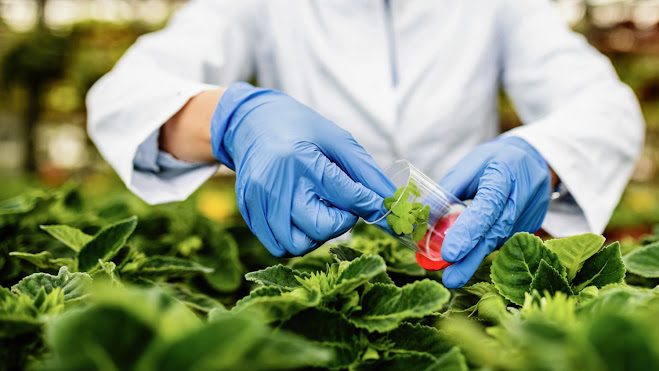 |
| Agriculture Chemical Market Analysis |
The agricultural chemicals market is the backbone of modern farming, providing the essential tools to maximize crop yields and protect them from pests and diseases. But with a growing global population and a finite amount of arable land, this industry is facing a unique set of challenges and opportunities. Let's delve into the fertile ground of agricultural chemicals, exploring its current state, future prospects, and the seeds of growth for businesses.
Agriculture Market Analysis: Size, Growth, and Revenue
The agricultural chemicals market is a multi-billion dollar giant, with estimates ranging from $234.27 billion in 2023 [Ken Research] to a projected $430.62 billion by 2031. This translates to a steady growth rate, with forecasts hovering around 3.1% to 6.5% CAGR (Compound Annual Growth Rate). This upward trend signifies the increasing demand for fertilizers and crop protection products as farmers strive to meet the rising global food demands.
Agriculture Market Segmentation
The agricultural chemicals market isn't a monolithic entity. It's a complex ecosystem segmented by various factors:
Type: Fertilizers, which replenish essential soil nutrients, dominate the market share. Pesticides, encompassing insecticides, herbicides, fungicides, and nematicides, are crucial for safeguarding crops from destructive pests and diseases.
Crop Type: The specific needs of different crops like cereals, oilseeds, fruits, and vegetables influence the type and application of chemicals used.
Mode of Application: The methods for delivering these chemicals vary, with foliar application (spraying leaves), fertigation (through irrigation systems), and soil application being the most common.
 |
| Competition in Agriculture Chemical Market |
Agriculture Market Future Outlook
Looking ahead, the agricultural chemicals industry paints a promising picture. Here are some key trends shaping its future:
Rise of Asia Pacific: This region, led by agricultural powerhouses like China and India, is projected to witness the most significant growth due to its expanding population and increasing disposable income.
Precision Agriculture: Technological advancements like precision farming techniques that utilize data and sensors to optimize chemical usage are gaining traction. This trend promotes sustainability and minimizes environmental impact.
Biopesticides: Concerns over environmental safety and pesticide resistance are driving the demand for biopesticides, which are derived from natural sources and offer a more eco-friendly alternative.
Opportunities for Businesses: Agriculture Market
The agricultural chemicals market size presents a fertile ground for businesses that can adapt and innovate. Here are some significant opportunities:
Developing Bio-based Solutions: The increasing demand for sustainable solutions opens doors for companies that can create effective biopesticides and biofertilizers.
Focus on Specialty Chemicals: Catering to niche markets with specialized crop protection solutions for high-value crops can be a profitable strategy.
Digital Transformation: Embracing digital tools like data analytics and AI-powered solutions to optimize product delivery and application methods can provide a competitive edge.
Challenges to Navigate: Agriculture Market
Despite the promising outlook, the agricultural chemicals sector also faces significant challenges:
Stringent Regulations: Governments are enacting stricter regulations on the use and application of chemicals due to environmental and health concerns. This necessitates adherence to evolving regulatory landscapes.
Climate Change: The unpredictable weather patterns and extreme weather events associated with climate change can disrupt crop yields and impact the effectiveness of some chemicals.
Competition: The agricultural chemicals market is a competitive space with established players vying for market share. Companies need to differentiate themselves through innovation and value-added services.
Agriculture Market Competition
The agricultural chemicals market is a game of titans, with established multinational corporations like Bayer, BASF, DowDuPont, and Syngenta dominating the landscape. However, smaller regional players and companies specializing in niche areas are also making their mark.
Manufacturing Muscle: The Powerhouse Behind the Products
The agricultural chemical manufacturing market is an intricate network of companies involved in the production, formulation, and packaging of these products. Understanding the manufacturing landscape and building strong partnerships within this ecosystem is crucial for success.
Agriculture Market Industry Reports
For businesses seeking to navigate the complexities of the agricultural chemicals market, industry reports are invaluable resources. These reports provide in-depth analysis on market size, trends, segmentation, competition, and forecasts. Consulting these reports can equip businesses with the knowledge to make informed decisions and chart a course for growth.
Conclusion
The agricultural chemicals market plays a vital role in ensuring global food security. By embracing innovation, sustainability, and responsible practices, this industry can ensure a bountiful harvest for generations to come.
Comments
Post a Comment